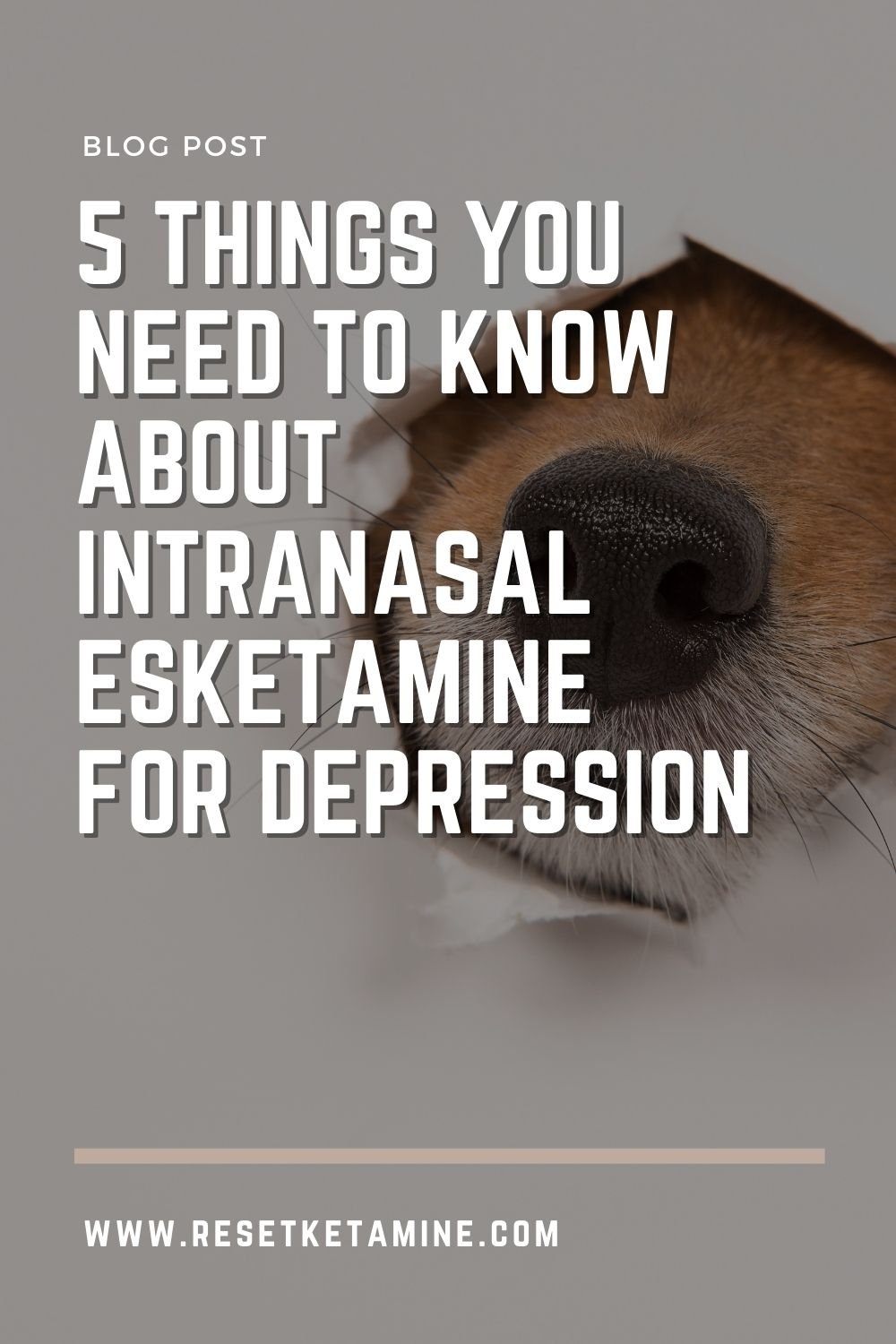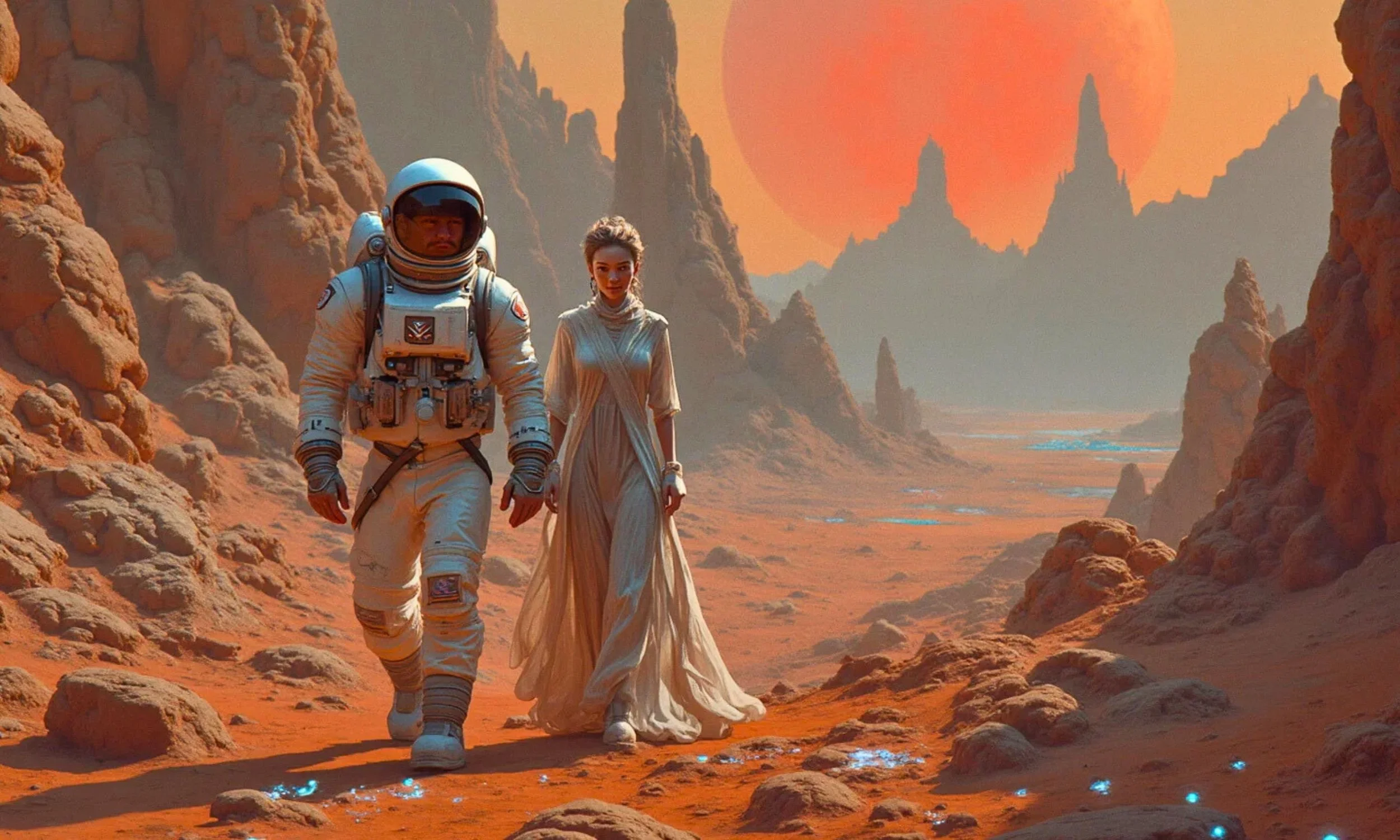Ketamine is made up of two enantiomers, one is called (R)-ketamine and the other is (S)-ketamine, also known as esketamine. All chemicals have two mirror images and when combined, it is called the racemic mixture. The generic version of ketamine contains both (R) and (S)-ketamine and has been approved by the FDA for use as a dissociative anesthetic agent since 1970. (Read more about ketamine’s history here)
In September 2018, Johnson and Johnson filed for a New Drug Application with the FDA for an intranasal esketamine spray (Spravato). Intranasal esketamine passed multiple FDA clinical trials for treatment-resistant depression (FDA) and in February 2019, the FDA advisory committee recommended it’s approval. On March 5, 2019, the final recommendation from the FDA was to approve intranasal esketamine.
In light of this recent approval, there are 5 important factors to consider:
Intranasal ketamine is available now and has been for years. It is generic and contains both the (S) and (R)-enantiomers of ketamine. Ketamine has been around for 50 years and compounding pharmacies can actually make intranasal ketamine spray. It is likely more effective than esketamine alone.
The bioavailability of intranasal ketamine is lower than intravenous ketamine. Only about 25-50% of the ketamine that is sprayed into the nose gets into the bloodstream, whereas, intravenous ketamine has 100% bioavailability. This means that when you use intravenous ketamine, less ketamine is needed to achieve the desired response. Although ketamine is a safe drug, it’s better to use the minimal effective dose because of possible liver and bladder side effects.
(R)-ketamine is more potent and longer lasting than (S)-ketamine. One recent animal study compared these two forms of ketamine and showed that (R)-ketamine showed greater potency and was longer lasting than (S)-ketamine. We believe both (R) and (S)-ketamine are important to get the most prolonged and strongest effects from ketamine treatments.
Intranasal ketamine may not be as effective for treatment-resistant depression. A study published in 2018 concluded: “Intranasal ketamine, with the drug formulation and delivery device used, was not a useful treatment approach in this study. Absorption was variable between individuals and acute tolerability was poor, requiring prolonged treatment administration time in some individuals.”
Intranasal esketamine will require monitoring in a healthcare setting. As part of the FDA approval, there will be certain Risk Evaluation and Mitigation Strategies (REMS) to continue to monitor safety and reduce the risk to patients. For example, esketamine can only be given in certain healthcare settings, the drug would not be dispensed directly to patients, and patients would have to be monitored for two hours after receiving the intranasal spray.
The good news is that since it is FDA approved, it will be partly covered by health insurance for patients who have failed two traditional antidepressants. According to the NY Times, “the cost of a one-month course of treatment will be between $4,720 and $6,785.” And many questions remain for the real-life application of this new drug. What portion will the insurance companies cover and what portion will the patient pay out-of-pocket? Who will prescribe intranasal esketamine? Who and what type of monitoring will be required for the patient for 2 hours after receiving the medicine?
Regardless of how the details work out, the fundamental question remains:
What is best for the patient?
If we know that generic ketamine is available now, (R)-ketamine is more potent than (S)-ketamine, intravenous ketamine has a higher bioavailability, ketamine clinics are already monitoring patients during infusions, and it’s at a lower cost, doesn’t it make sense for health insurance companies to just start covering ketamine infusion treatments already?












Complete 2025 ketamine therapy guide featuring real crisis recovery lessons. From treatment basics to advanced integration, plus authentic resilience tools learned rebuilding after trauma. Your roadmap to healing through difficulty.